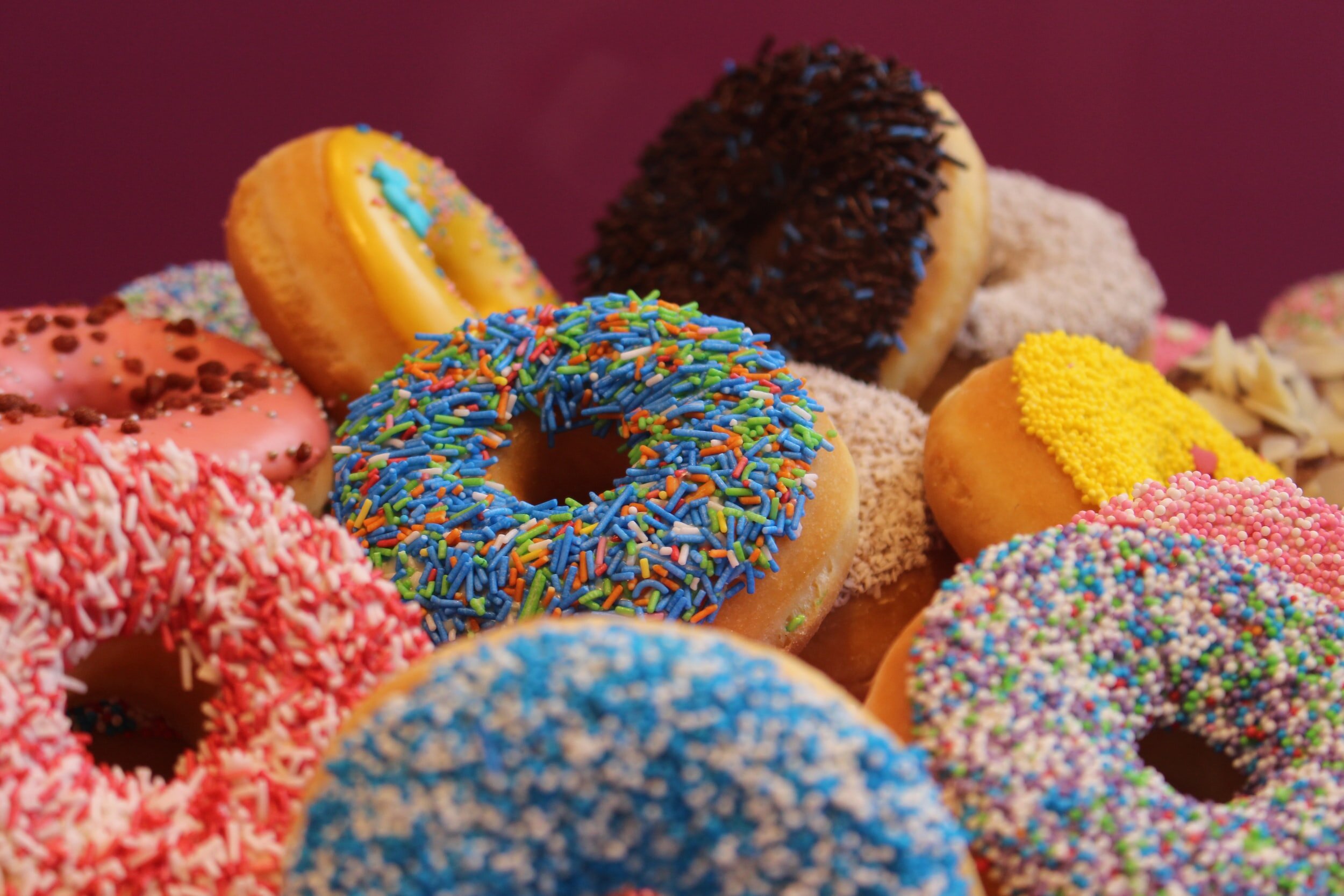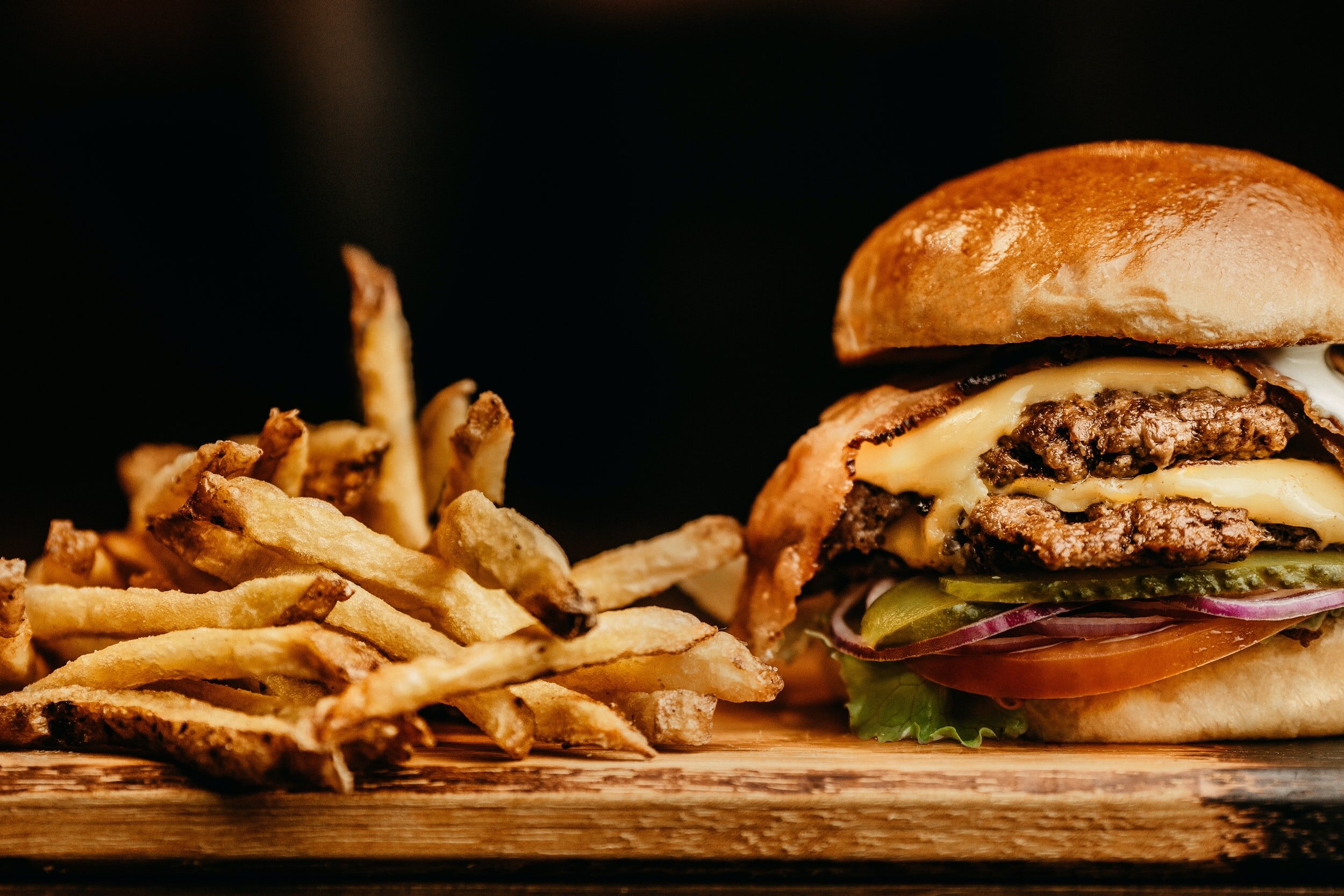2/3 of the calories in children and teenagers diets are now from ultra-processed foods
A new study from researchers at the Friedman School of Nutrition Science & Policy at Tufts University shows that ultra-processed foods now account for 67% of the total caloric intake of children and adolescents.
What are ultra-processed foods?
Ultra-processed foods are ready-to-eat or ready-to-heat foods. They are often high in added sugar, sodium, fat and carbohydrates, and low in fibre, protein, vitamins, and minerals. They also usually contain added sugar, flavour enhancers and hydrogenated oils.
Examples include packaged snacks and desserts, sugary breakfast cereals, fast food and takeaways and lunchmeats.
Excessive consumption of these foods is linked to diabetes, obesity, and certain cancers.
Some ultra-processed foods are healthier than others. For example, wholemeal bread is considered ultra-processed, but is much healthier than the other ultra-processed foods mentioned above.
What has caused the increase?
The largest increase in calories is coming from ready-to-eat and ready-to-heat foods, such as takeout and frozen pizza and burgers. The second largest increase is from packaged sweet snacks and desserts.
Some good news from the study was that the intake of calorie from sugar-sweetened beverages such as fizzy drinks and juices has dropped by 51%.
Interestingly, neither the level of parent education or income level varied the results. The high consumption of ultra-processed foods was prevalent across all socio economic statuses.
What are the alternatives to ultra-processed foods?
Whole foods such as fruit, vegetables, legumes and minimally processed grains should be encouraged. If you are looking for some wholefood healthy meals check out my recipe books in the shop.


